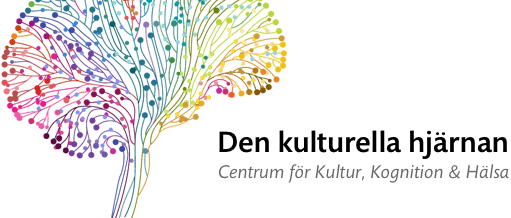Tolv månaders tangoträning ger märkbara och betydelsefulla förbättringar för Parkinsonpatienter. (Av Ryan Duncan och Earhart Gammon, 2012)
Titel: Randomized Controlled Trial of Community-Based Dancing to Modify Disease Progression in Parkinson Disease
Författare: Duncan, Ryan; Gammon, Earhart
Publikation: Neurorehab Neural Repair
Volym: 26
Nummer: 2
Sidor: 132-143
Publicerad: 2012
Sammandrag: Background. Tango dancing has been effective in improving measures of physical function in people with Parkinson disease (PD). However, all previous studies were institution-based, tested participants on medication, and employed short-term interventions. Objective. To determine the effects of a 12-month community-based tango program for individuals with PD on disease severity and physical function. Methods. Sixty-two participants were randomly assigned to a twice weekly, community-based Argentine Tango program or a Control group (no intervention). Participants were assessed off anti-Parkinson medication at baseline, 3, 6, and 12 months. The primary outcome measure was the Movement Disorders Society–Unified Parkinson Disease Rating Scale 3 (MDS-UPDRS-3). Secondary outcome measures were the MDS-UPDRS-1, MDS-UPDRS-2, MiniBESTest balance test; Freezing of Gait Questionnaire (FOG_Q); 6-Minute Walk Test (6MWT); gait velocity for comfortable forward, fast as possible forward, dual task, and backward walking; and Nine-Hole Peg Test (9HPT). Results. Groups were not different at baseline. Overall, the Tango group improved whereas the Control group showed little change on most measures. For the MDS-UPDRS-3, there was no significant change in the Control group from baseline to 12 months, whereas the Tango group had a reduction of 28.7% (12.8 points). There were significant group by time interactions for MDS-UPDRS-3, MiniBESTest, FOG_Q, 6MWT, forward and dual task walking velocities, and 9HPT in favor of the dance group. Conclusions. Improvements in the Tango group were apparent off medication, suggesting that long-term participation in tango may modify progression of disability in PD.
Länk till original: http://nnr.sagepub.com/content/26/2/132.abstract
Kategori: Dans Parkinsons sjukdom

